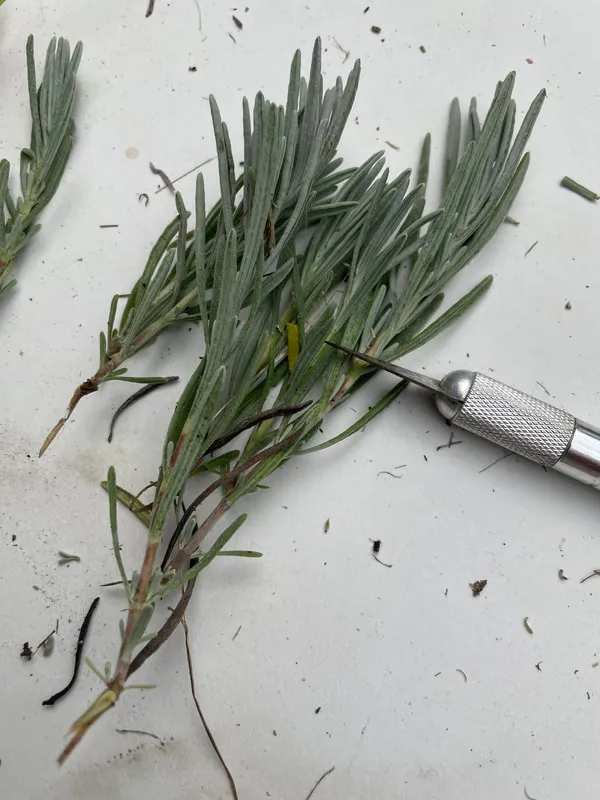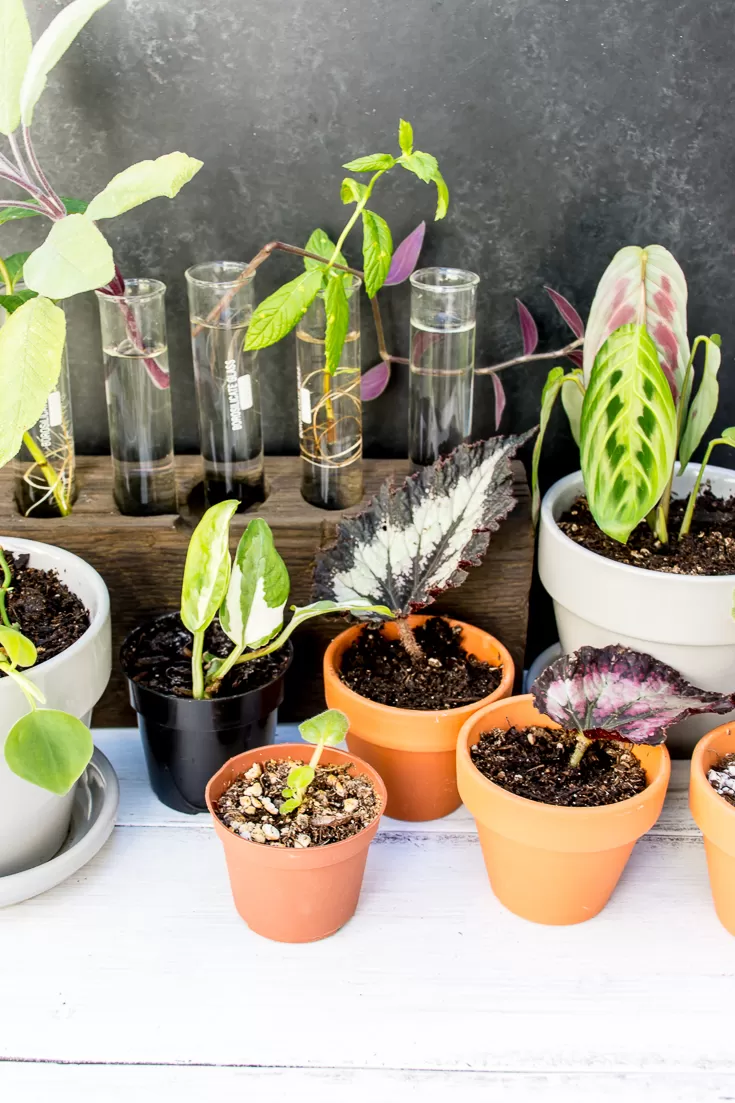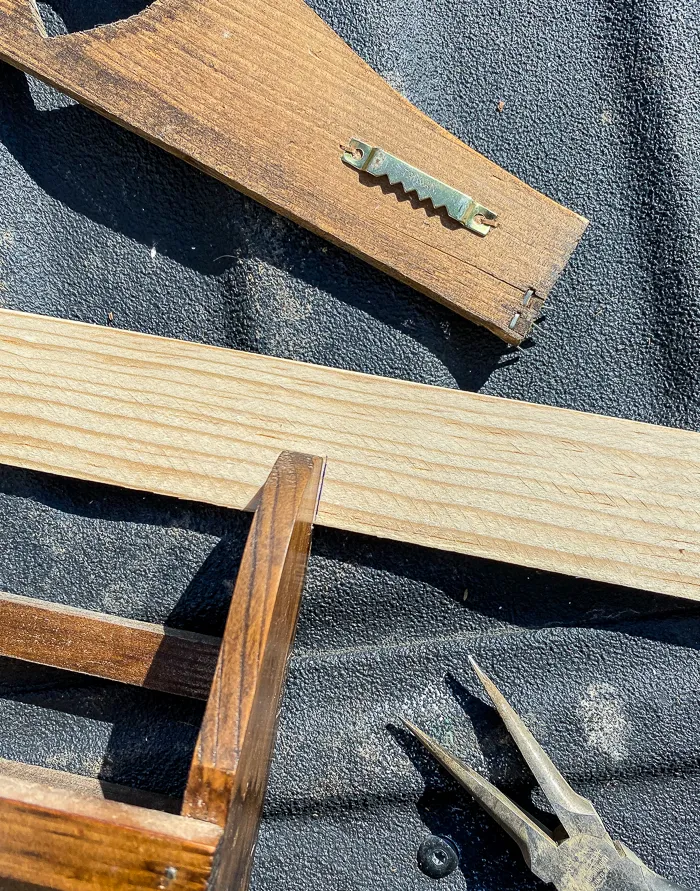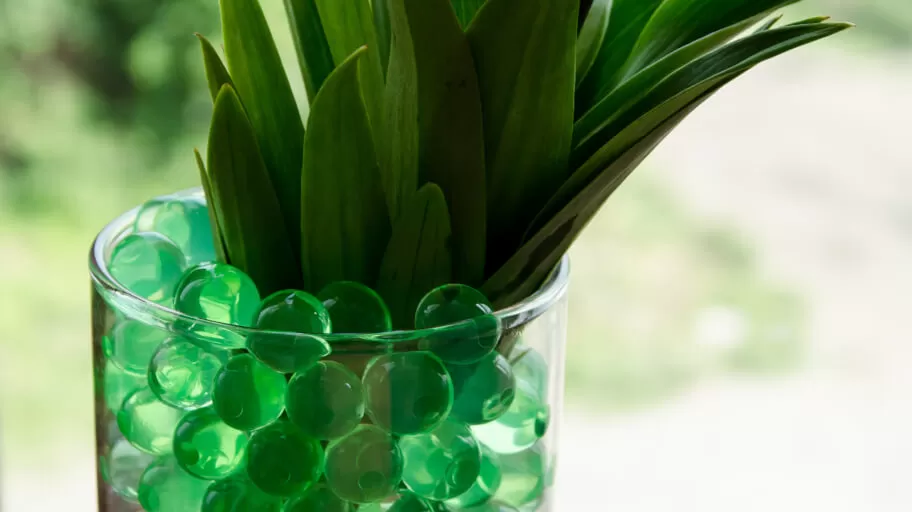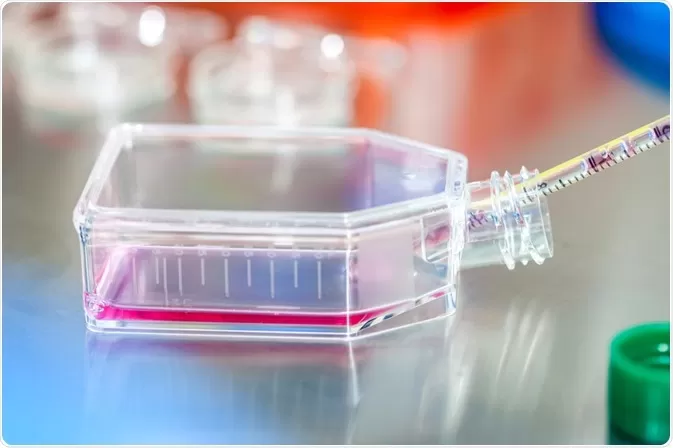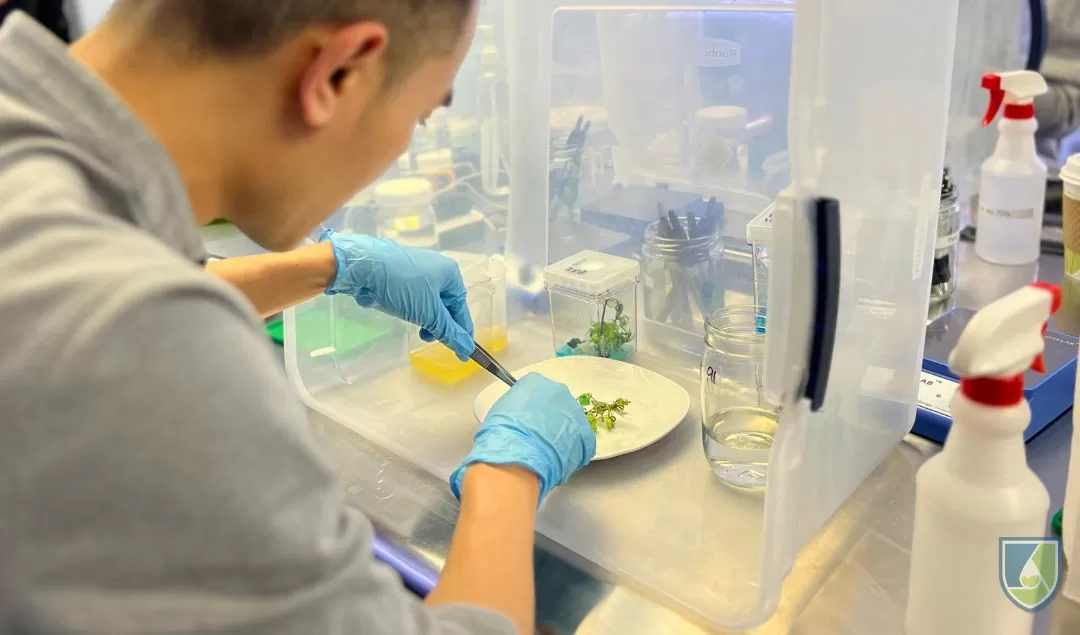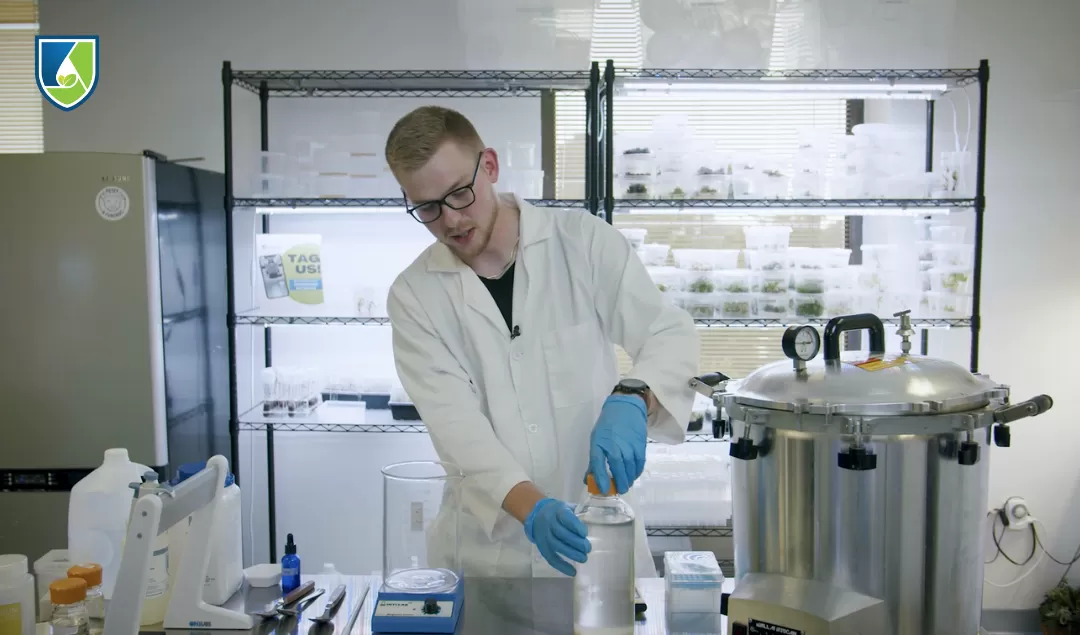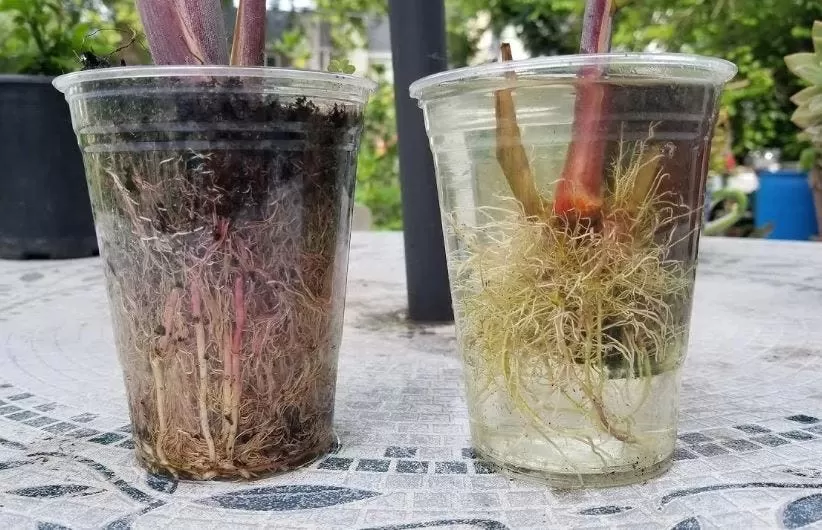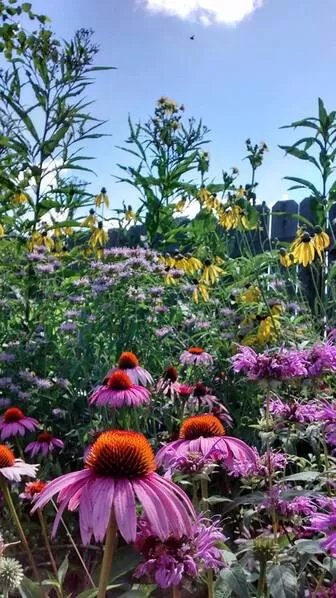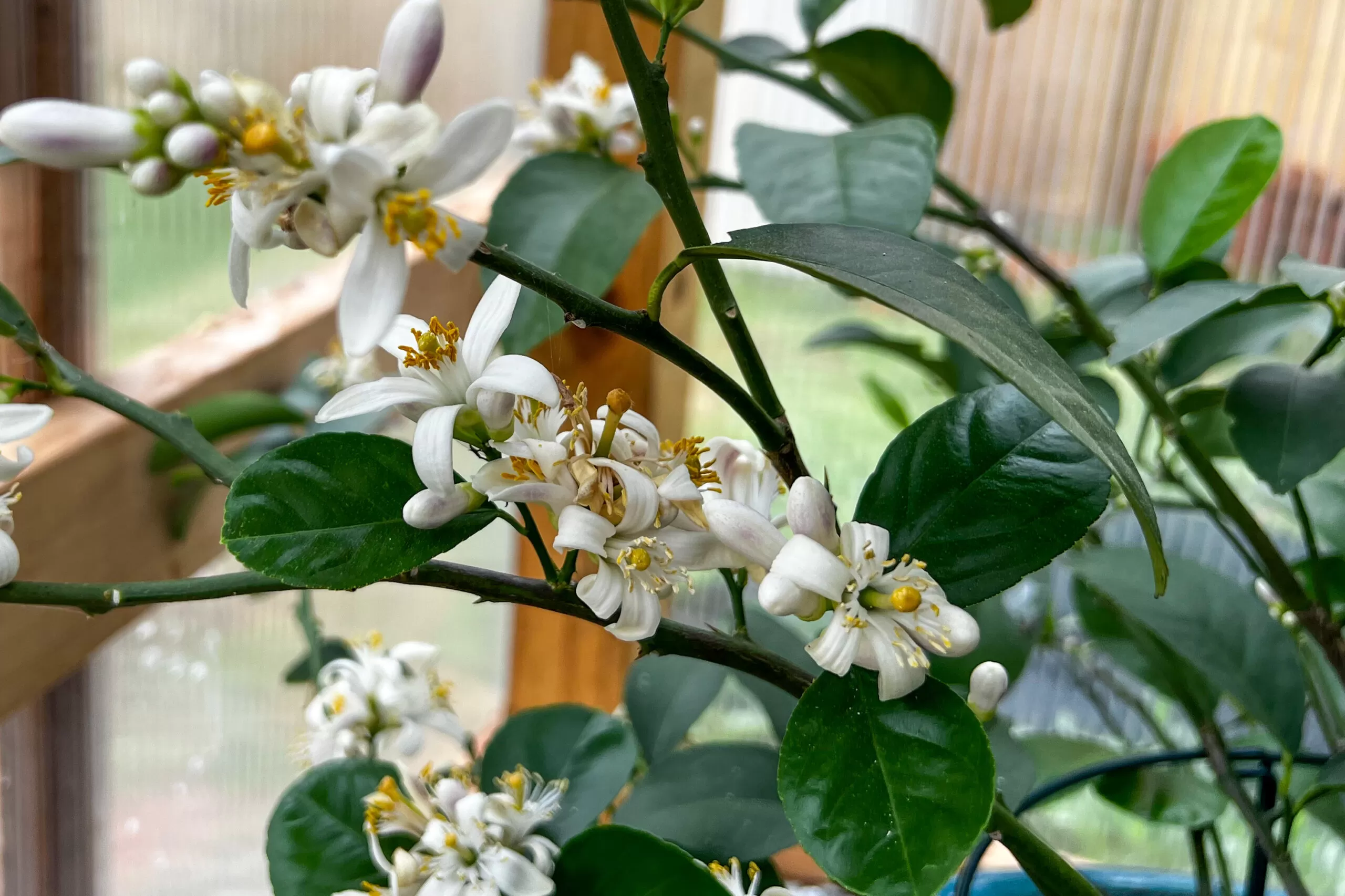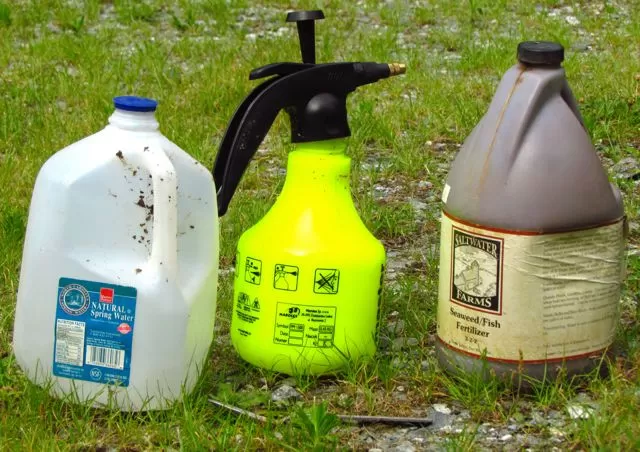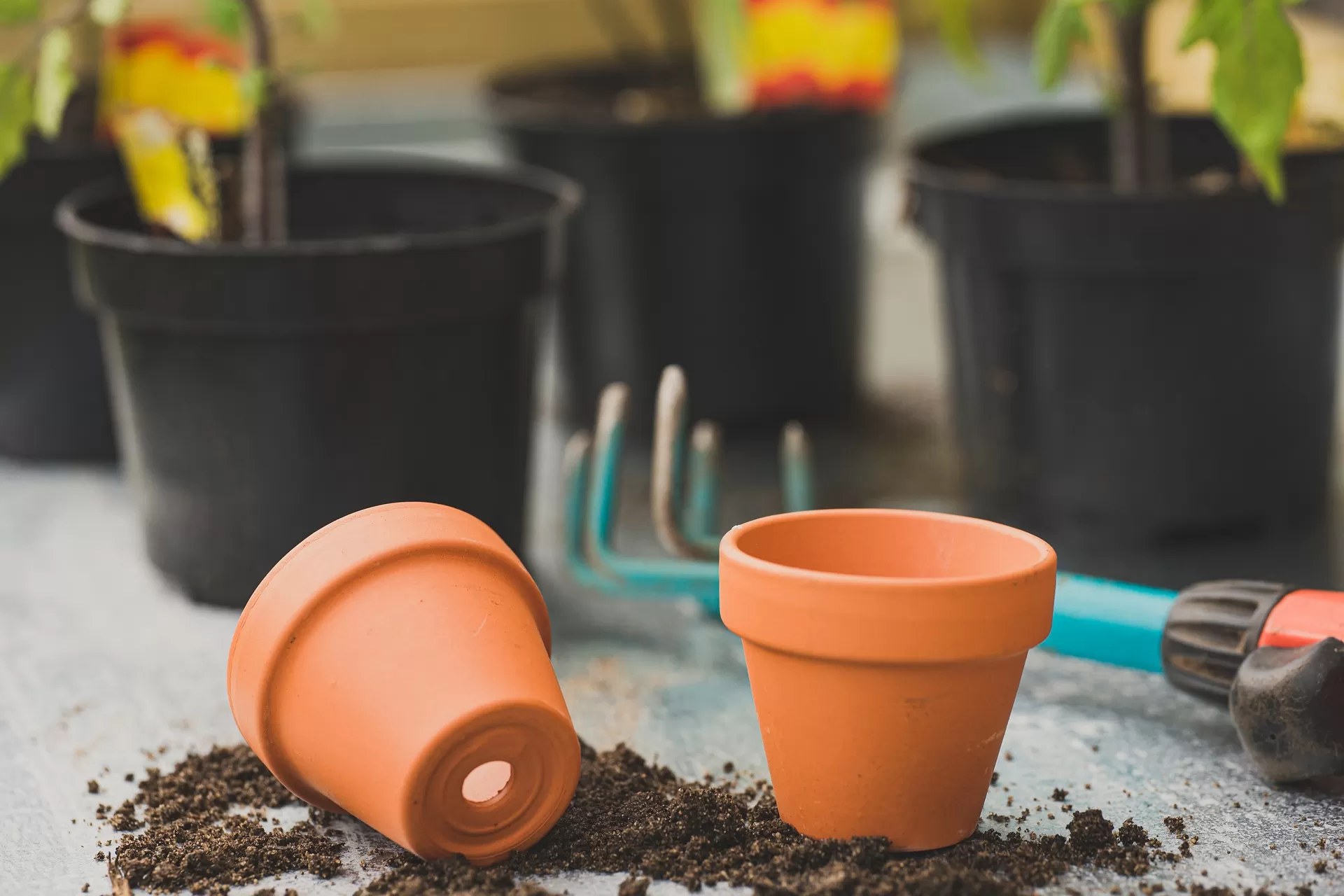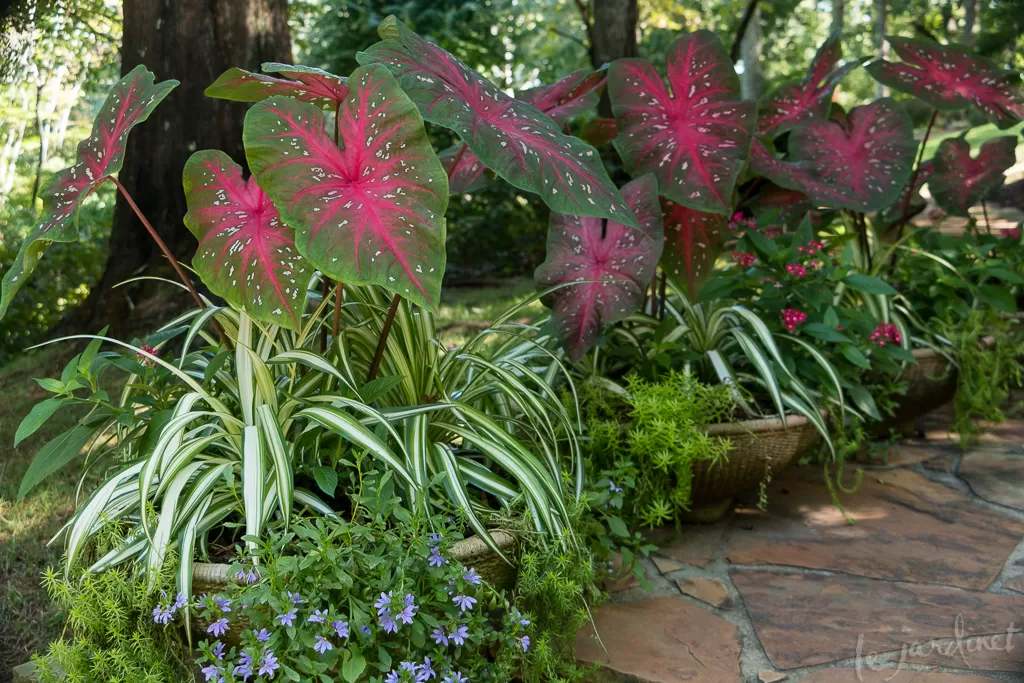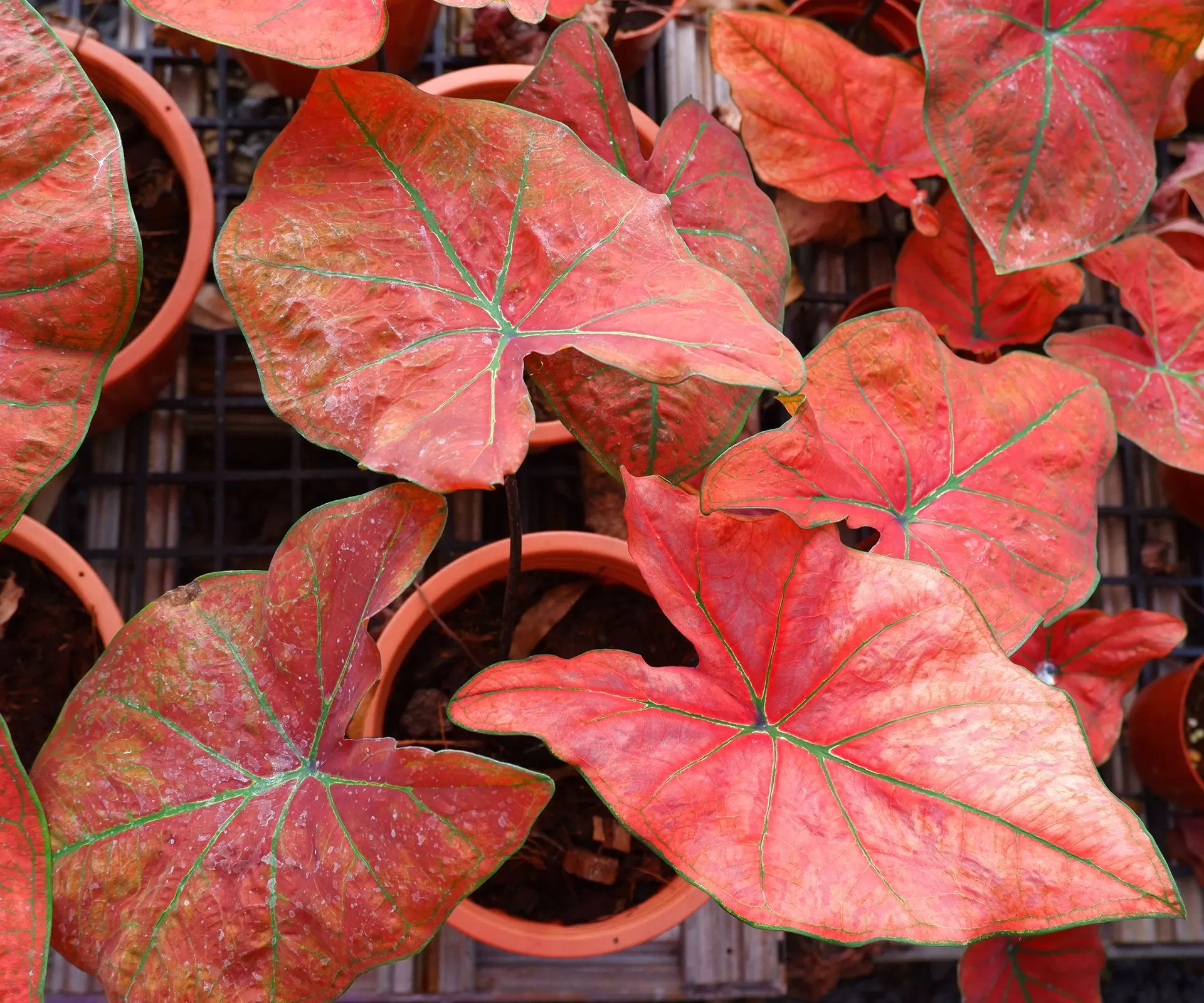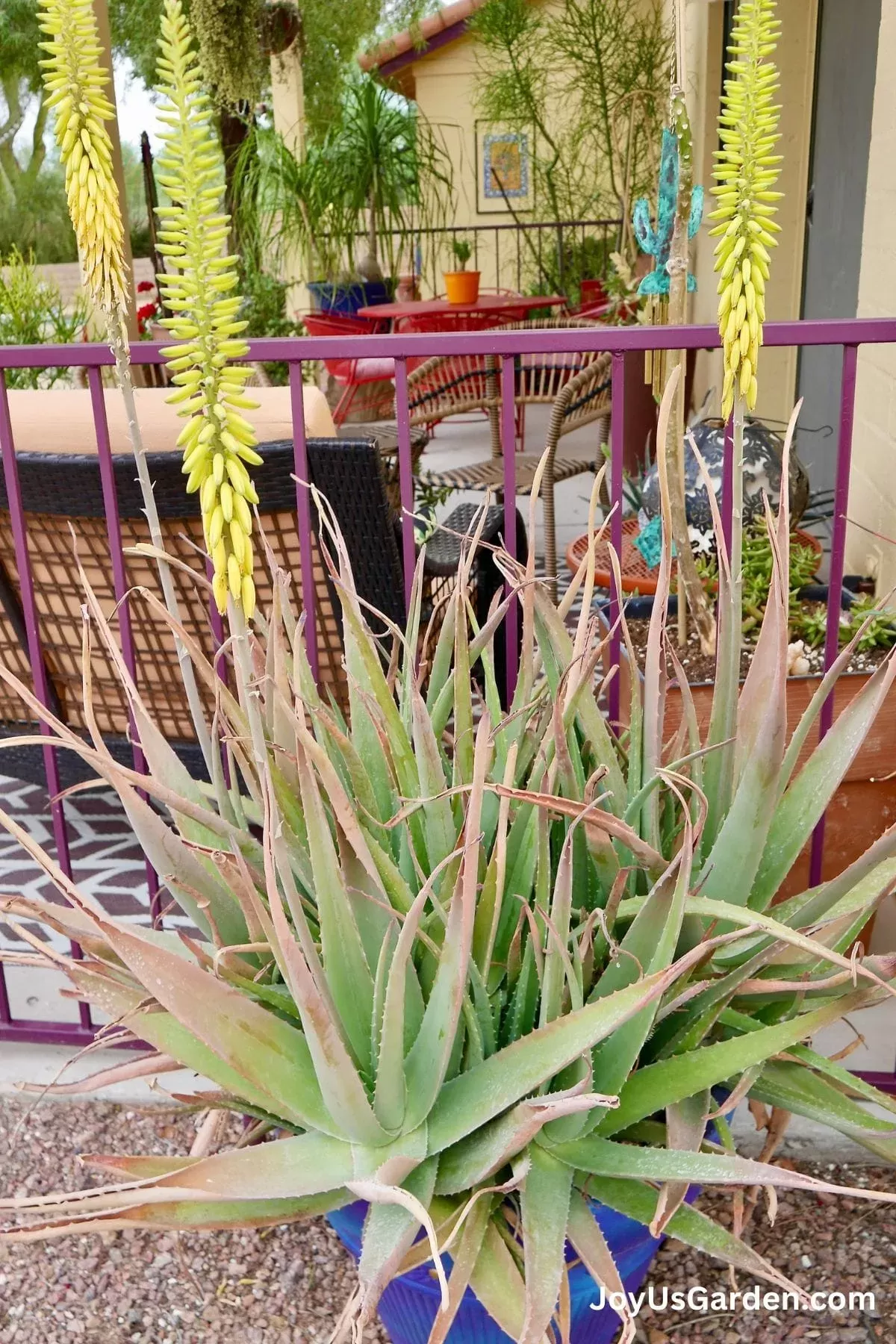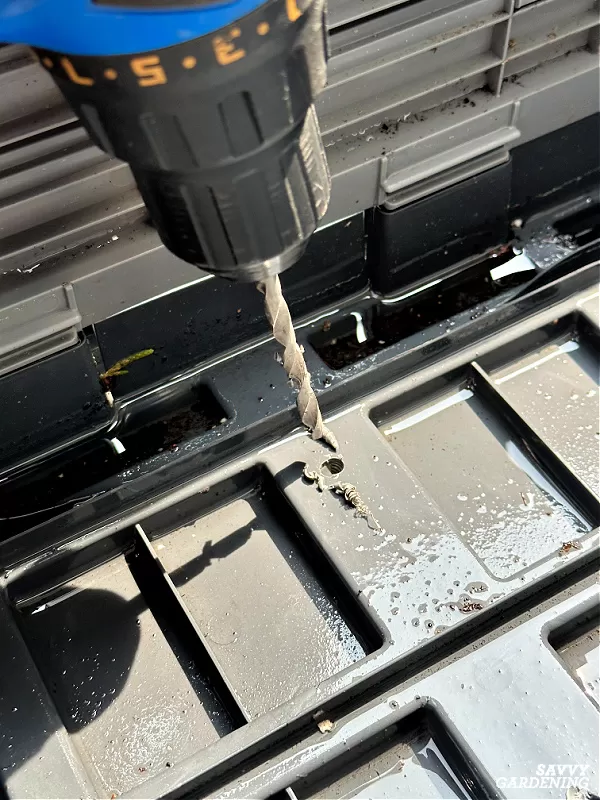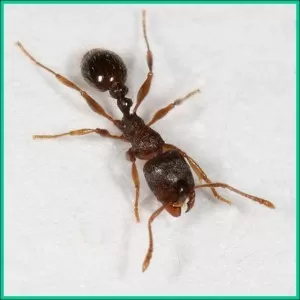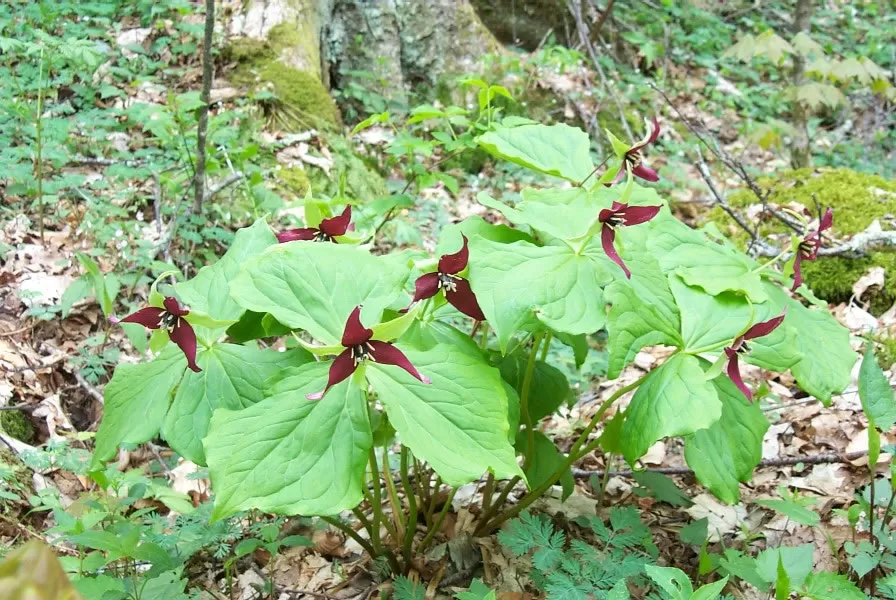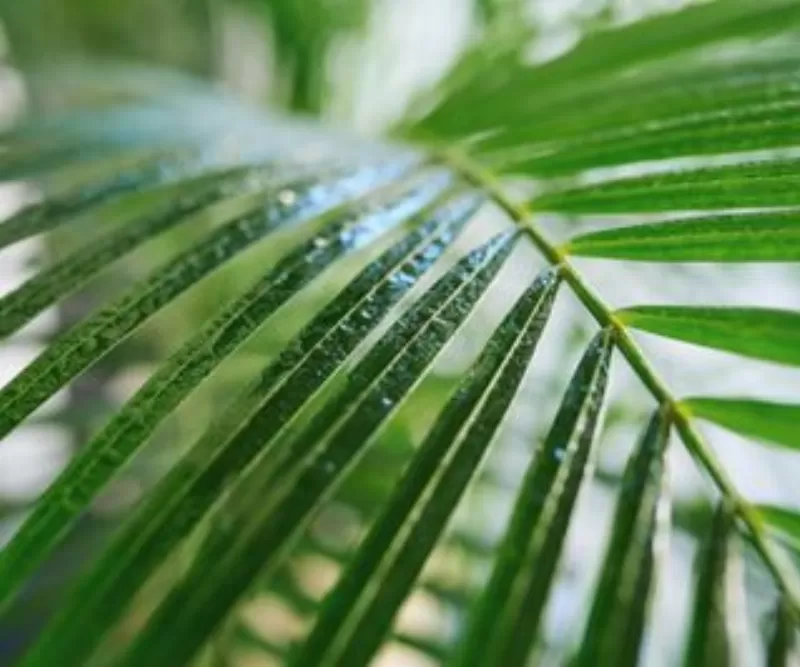- Transform your living space quickly with lush greenery.
- Build gardening confidence with plants that show rapid results.
- Enjoy the beauty of a thriving indoor jungle without the long wait.
- Discover easy-care plants that are forgiving and rewarding.
Are you dreaming of a home filled with vibrant green life, but feel intimidated by slow growth or complex care routines? Many aspiring plant parents want to see their efforts pay off quickly and gain confidence with early successes. Waiting months or even years for a plant to fill out a space can be discouraging. The good news? You don’t have to wait! There’s a fantastic world of Fast Growing Indoor Plants for Beginners that provide almost instant gratification and make the journey into gardening enjoyable and rewarding right from the start.
Contents
- Why Choose Fast Growing Indoor Plants?
- Meet Your New Green Friends: Top Fast Growing Indoor Plants for Beginners
- 1. The Cascading Heartleaf Philodendron
- 2. Philodendron Brasil: A Pop of Color
- 3. Natal Ivy: An Unexpected Blooming Vine
- 4. Delicious Monster: The Iconic Statement Piece
- 5. Calathea Houseplants: The Living Works of Art
- 6. Wild Banana (Strelitzia Nicolai): The Tropical Giant
- 7. Spider Plant: Propagate Your Way to a Jungle
- 8. Arrowhead Plant (Syngonium): Bushy or Trailing, Your Choice
- 9. Peace Lily: Tells You Exactly What It Needs
- 10. Swiss Cheese Vine (Monstera Adansonii): Lacy Foliage on the Go
- 11. Golden Pothos: The Champion Trailing Plant
- 12. Hoya Carnosa: Waxy Leaves, Fragrant Blooms
- 13. Philodendron Emerald Green: A Bushy Beauty
- 14. Kangaroo Fern: Unique Texture for Shady Spots
- 15. Nerve Plant: Colorful Groundcover
- 16. Split Leaf Philodendron: A Majestic Floor Plant
- 17. Dainty Crassula: A Quick-Spreading Succulent
- 18. String of Hearts: Delicate Trails, Rapid Growth
- 19. Weeping Fig: A Classic Indoor Tree
- 20. Broadleaf Lady Palm: Instant Tropical Lushness
- Essential Tips for Boosting Your Fast Growers’ Potential
- Light is Key
- Feeding for Fuel
- Watering Wisely
- The Potting Puzzle
Why Choose Fast Growing Indoor Plants?
Choosing plants that grow quickly offers several advantages, especially when you’re just starting out. Not only do they provide a visible return on your care relatively fast, but their vigorous growth often indicates they are resilient and forgiving. This allows beginners to learn essential plant care skills – like watering, lighting, and feeding – while seeing their plants thrive. Plus, they can quickly transform a room, adding that desired touch of nature and tranquility to your space in a matter of months, not years.
Meet Your New Green Friends: Top Fast Growing Indoor Plants for Beginners
Here is a selection of impressive indoor plants known for their rapid growth and ease of care, perfect for anyone looking to kickstart their indoor jungle journey.
1. The Cascading Heartleaf Philodendron
A true classic for a reason, the Heartleaf Philodendron is the epitome of an easy-care, fast-growing vine. Its signature heart-shaped leaves drape gracefully over the sides of pots, quickly creating a lush, trailing effect. Give it a support, like a moss pole, and it will happily climb, producing larger leaves as it reaches for light.
- Scientific Name: Philodendron hederaceum
- Common Name: Heartleaf Philodendron, Sweetheart Plant
- Zone: Indoor (Typically tropical/subtropical origin, thrives in standard indoor conditions)
- Light: Bright, indirect light is best for fast growth, but tolerates lower light (though growth will slow).
- Humidity: Average indoor humidity is fine, but appreciates higher levels.
- Water: Water when the top inch or two of soil feels dry.
 Vibrant green heart-shaped leaves of a Heartleaf Philodendron trailing from a hanging pot
Vibrant green heart-shaped leaves of a Heartleaf Philodendron trailing from a hanging pot
2. Philodendron Brasil: A Pop of Color
The Philodendron Brasil is like the Heartleaf Philodendron’s flamboyant cousin, featuring similar heart-shaped leaves adorned with striking splashes of yellow and lime green down the center. This variegation adds extra visual interest, making it a vibrant addition to shelves or hanging baskets. Like its sibling, it’s a robust grower and remarkably low-maintenance.
- Scientific Name: Philodendron hederaceum ‘Brasil’
- Common Name: Philodendron Brasil
- Zone: Indoor (Typically tropical/subtropical origin)
- Light: Bright, indirect light is crucial to maintain its vibrant variegation.
- Humidity: Average indoor humidity, appreciates higher levels.
- Water: Water when the top inch or two of soil feels dry.
 Close-up of a Philodendron Brasil with its distinctive yellow and green variegated heart-shaped leaves
Close-up of a Philodendron Brasil with its distinctive yellow and green variegated heart-shaped leaves
3. Natal Ivy: An Unexpected Blooming Vine
Don’t let the name fool you – Natal Ivy isn’t a true ivy, but a member of the daisy family! It earns its ‘ivy’ moniker from its similarly shaped leaves and fast, vining growth habit. What makes it unique is its potential to surprise you with cheerful yellow blooms in spring and autumn. Its semi-succulent leaves mean it’s more forgiving if you occasionally forget to water, making it ideal for beginners.
- Scientific Name: Senecio macroglossus
- Common Name: Natal Ivy
- Zone: Indoor (Native to South Africa, adaptable)
- Light: Bright, indirect light is preferred.
- Humidity: Average indoor humidity is sufficient.
- Water: Water when the soil is mostly dry; tolerates some drought.
 Green, glossy leaves resembling ivy trailing from a pot, with a few small yellow flowers
Green, glossy leaves resembling ivy trailing from a pot, with a few small yellow flowers
4. Delicious Monster: The Iconic Statement Piece
Looking for a plant that grows large fast and makes an immediate impact? The Delicious Monster, or Monstera deliciosa, is your go-to. Famous for its large, glossy leaves that develop dramatic splits and holes as they mature (fenestrations), it quickly brings a tropical jungle feel to any space. While young plants have solid heart-shaped leaves, consistent care will soon reward you with those sought-after fenestrations.
- Scientific Name: Monstera deliciosa
- Common Name: Delicious Monster, Swiss Cheese Plant
- Zone: Indoor (Tropical origin)
- Light: Bright, indirect light for best growth and fenestrations.
- Humidity: Appreciates high humidity but tolerates average indoor levels.
- Water: Water when the top few inches of soil are dry.
 Large, split, and holey leaves of a Delicious Monster plant in a pot
Large, split, and holey leaves of a Delicious Monster plant in a pot
5. Calathea Houseplants: The Living Works of Art
Calatheas, now scientifically often referred to as Goeppertia, are renowned for their stunningly patterned and colorful foliage. What’s truly captivating is their nyctinasty – the leaves move throughout the day, often folding up at night like praying hands, earning them the nickname “Prayer Plants.” While they appreciate slightly higher humidity, their diverse beauty and relatively quick growth in the right spot make them a rewarding challenge for beginners ready to step up slightly.
- Scientific Name: Goeppertia spp. (formerly Calathea)
- Common Name: Calathea, Prayer Plant
- Zone: Indoor (Tropical rainforest origin)
- Light: Bright, indirect light; avoid direct sun which can scorch leaves.
- Humidity: High humidity is crucial for best health; group plants or use a humidifier.
- Water: Keep soil consistently moist but not soggy, using filtered or distilled water if possible.
 Variety of Calathea leaves displaying diverse patterns and colors
Variety of Calathea leaves displaying diverse patterns and colors
6. Wild Banana (Strelitzia Nicolai): The Tropical Giant
If you have space and bright light, the Wild Banana, or White Bird of Paradise, is a fast-growing showstopper. Its large, paddle-shaped leaves on tall, elegant stalks bring an undeniable tropical vibe. These plants grow quickly into impressive, statuesque specimens, perfect for filling empty corners or serving as a focal point. Consistency in care is key to fueling its rapid ascent.
- Scientific Name: Strelitzia nicolai
- Common Name: Wild Banana, White Bird of Paradise
- Zone: Indoor (Native to South Africa)
- Light: Very bright light, including some direct sun if possible, for optimal growth.
- Humidity: Average to high indoor humidity.
- Water: Water thoroughly when the top few inches of soil are dry.
 Tall Wild Banana plant with large, paddle-shaped leaves in a sunny indoor space
Tall Wild Banana plant with large, paddle-shaped leaves in a sunny indoor space
7. Spider Plant: Propagate Your Way to a Jungle
Spider Plants were popular for a reason – they are incredibly easy to care for, tolerate various conditions, and grow like lightning, especially when they start producing “spiderettes” on long stalks. These baby plants can be easily rooted (making it a fast-rooting option!), allowing you to quickly multiply your collection or share with friends. Their arching, striped leaves make them perfect for hanging baskets where the spiderettes can dangle freely.
- Scientific Name: Chlorophytum comosum
- Common Name: Spider Plant
- Zone: Indoor (Native to tropical and southern Africa)
- Light: Bright, indirect light or even lower light conditions.
- Humidity: Average indoor humidity.
- Water: Water when the top inch or two of soil is dry; their thick roots store water.
 A Spider Plant with arching green and white striped leaves and several hanging spiderettes (plantlets)
A Spider Plant with arching green and white striped leaves and several hanging spiderettes (plantlets)
8. Arrowhead Plant (Syngonium): Bushy or Trailing, Your Choice
Arrowhead Plants, or Syngonium, are versatile and speedy growers known for their juvenile arrow-shaped leaves. They start bushy but quickly begin to vine, offering you the choice to prune them to stay compact or let them trail or climb. Available in a fascinating array of colors and patterns, Syngonium are remarkably tolerant of different light levels and forgiving with watering, making them a superb choice for beginners.
- Scientific Name: Syngonium podophyllum
- Common Name: Arrowhead Plant, Arrowhead Vine
- Zone: Indoor (Tropical rainforest origin)
- Light: Bright, indirect light, but tolerates medium to low light.
- Humidity: Average indoor humidity, appreciates higher levels.
- Water: Water when the top inch or two of soil is dry; they will droop when thirsty.
 Pink and green patterned leaves of a Syngonium 'Neon Robusta' Arrowhead Plant
Pink and green patterned leaves of a Syngonium 'Neon Robusta' Arrowhead Plant
9. Peace Lily: Tells You Exactly What It Needs
Peace Lilies are famous for their elegant white “blooms” (which are actually modified leaves called spathes) and glossy green foliage. They are incredibly expressive – when thirsty, their leaves will dramatically droop, bouncing back quickly after a good drink. This makes them excellent teachers for beginners learning about watering cues. They thrive in lower light conditions than many other plants, making them perfect for brightening dim corners, and are also known for their air-purifying qualities.
- Scientific Name: Spathiphyllum spp.
- Common Name: Peace Lily
- Zone: Indoor (Tropical rainforest origin)
- Light: Low to bright indirect light (more light encourages flowering).
- Humidity: Appreciates high humidity.
- Water: Keep soil consistently moist; water thoroughly when the top inch feels dry or when leaves begin to droop.
 Lush green Peace Lily plant with white spathes (flowers) in a pot
Lush green Peace Lily plant with white spathes (flowers) in a pot
10. Swiss Cheese Vine (Monstera Adansonii): Lacy Foliage on the Go
A smaller, vining cousin to the Delicious Monster, the Swiss Cheese Vine (Monstera adansonii) is adored for its smaller, lacy leaves full of natural holes. It’s a rapid grower, quickly producing long vines perfect for trailing or climbing. Like its larger relative, the holes aren’t just for show – they help light filter down to lower leaves. It’s relatively easy to care for, enjoying similar conditions to other tropical aroids on this list.
- Scientific Name: Monstera adansonii
- Common Name: Swiss Cheese Vine, Monkey Mask Plant
- Zone: Indoor (Tropical Central and South America)
- Light: Bright, indirect light is best for lush growth and fenestrations.
- Humidity: Appreciates high humidity.
- Water: Water when the top inch or two of soil feels dry.
 Trailing stems of Monstera adansonii (Swiss Cheese Vine) displaying leaves with prominent holes
Trailing stems of Monstera adansonii (Swiss Cheese Vine) displaying leaves with prominent holes
11. Golden Pothos: The Champion Trailing Plant
Often called “Devil’s Ivy” because it’s notoriously hard to kill, the Golden Pothos is a beginner’s dream. This incredibly adaptable vine features striking heart-shaped leaves variegated with splashes of yellow or cream. It grows incredibly fast, producing long trails that can cascade from shelves or hang beautifully. Pothos tolerates a wide range of light conditions, from bright indirect light to lower light, and is very forgiving if you miss a watering. It’s also super easy to propagate!
- Scientific Name: Epipremnum aureum
- Common Name: Golden Pothos, Devil’s Ivy
- Zone: Indoor (Native to Mo’orea, French Polynesia, tropical)
- Light: Adapts to low light but variegated color is best in bright, indirect light.
- Humidity: Average indoor humidity.
- Water: Water when the top inch or two of soil is dry; tolerates drying out.
 Long trailing stems of a Golden Pothos plant with yellow variegated leaves
Long trailing stems of a Golden Pothos plant with yellow variegated leaves
12. Hoya Carnosa: Waxy Leaves, Fragrant Blooms
Hoya Carnosa, or the Wax Plant, is a popular and relatively fast-growing vine prized for its thick, waxy leaves and clusters of fragrant, star-shaped flowers. It’s a semi-succulent, storing water in its leaves, which means it doesn’t need frequent watering – perfect for busy beginners. Given bright, indirect light and something to climb or trail from, it will quickly add length and eventually reward you with those lovely, perfumed blooms.
- Scientific Name: Hoya carnosa
- Common Name: Hoya, Wax Plant, Porcelain Flower
- Zone: Indoor (Native to Eastern Asia and Australia)
- Light: Bright, indirect light is essential for flowering.
- Humidity: Average to high humidity.
- Water: Water thoroughly when the soil is mostly dry; they prefer to dry out between waterings.
 Close-up of the waxy green leaves of a Hoya Carnosa plant
Close-up of the waxy green leaves of a Hoya Carnosa plant
13. Philodendron Emerald Green: A Bushy Beauty
Unlike its vining cousins, the Philodendron Emerald Green is a “self-heading” variety, meaning it grows upright in a bushy clump rather than trailing. It boasts large, glossy, deep green leaves and quickly grows into a full, impressive specimen perfect for floor spaces or large shelves. It’s just as easy to care for as other Philodendrons, appreciating bright light and regular watering to support its vigorous, upright growth.
- Scientific Name: Philodendron ‘Emerald Green’
- Common Name: Philodendron Emerald Green
- Zone: Indoor (Hybrid/Cultivar, tropical origin)
- Light: Bright, indirect light is ideal.
- Humidity: Average indoor humidity.
- Water: Water when the top inch or two of soil feels dry.
 Lush, large green leaves of a bushy Philodendron Emerald Green plant
Lush, large green leaves of a bushy Philodendron Emerald Green plant
14. Kangaroo Fern: Unique Texture for Shady Spots
The Kangaroo Fern stands out with its unique, foot-shaped fronds that change as they mature. Unlike many ferns that demand constant high humidity, this Australian native is relatively hardy and more adaptable to average indoor conditions, though it still appreciates consistent moisture. Its rhizomatous growth habit allows it to spread and fill a pot quickly, creating a dense mass of interesting foliage perfect for adding texture to your plant collection.
- Scientific Name: Microsorum diversifolium
- Common Name: Kangaroo Fern
- Zone: Indoor (Native to Australia)
- Light: Low to bright indirect light.
- Humidity: Appreciates consistent moisture in the air, but more tolerant than many ferns.
- Water: Keep soil lightly moist; don’t let it dry out completely but avoid sogginess.
 Green fronds of a Kangaroo Fern with a unique foot-like shape
Green fronds of a Kangaroo Fern with a unique foot-like shape
15. Nerve Plant: Colorful Groundcover
Nerve Plants (Fittonia) are small but mighty fast growers known for their incredibly striking, intricate vein patterns in shades of white, pink, or red against green foliage. They love high humidity and consistently moist soil, thriving in terrariums or bright bathroom windowsills. While they might dramatically wilt when dry, they quickly perk up after watering, offering a clear sign of when they need attention. They make excellent underplantings or charming additions to smaller spaces.
- Scientific Name: Fittonia albivenis
- Common Name: Nerve Plant
- Zone: Indoor (Native to tropical rainforests of South America)
- Light: Low to medium indirect light; avoid direct sun.
- Humidity: High humidity is essential; will struggle in dry air.
- Water: Keep soil consistently moist; do not let it dry out completely.
 Green Nerve Plant with contrasting white veins on its leaves
Green Nerve Plant with contrasting white veins on its leaves
16. Split Leaf Philodendron: A Majestic Floor Plant
Despite its common name, the Split Leaf Philodendron (Thaumatophyllum bipinnatifidum, formerly Philodendron selloum) is now classified in its own genus. Regardless of the name, it’s a stunning, fast-growing plant that forms a thick trunk as it matures, covered in large, deeply lobed leaves. It quickly grows into a substantial, tree-like specimen perfect for filling empty corners and adding dramatic height and texture to your indoor space. It’s relatively easy to care for, tolerating various light conditions and watering practices.
- Scientific Name: Thaumatophyllum bipinnatifidum
- Common Name: Split Leaf Philodendron, Tree Philodendron, Lacy Tree Philodendron
- Zone: Indoor (Native to tropical South America)
- Light: Bright, indirect light is ideal, tolerates medium light.
- Humidity: Average to high indoor humidity.
- Water: Water thoroughly when the top few inches of soil are dry.
 Large, deeply lobed green leaves of a Split Leaf Philodendron plant
Large, deeply lobed green leaves of a Split Leaf Philodendron plant
17. Dainty Crassula: A Quick-Spreading Succulent
For those who prefer succulents but still want fast growth, the Dainty Crassula (Crassula spathulata) is an excellent choice. This South African native is a quick-spreading groundcover in nature and translates its speed to indoor environments, rapidly trailing over the sides of pots. Its small, rounded, semi-succulent leaves mean it’s drought-tolerant and forgiving of missed waterings. Given enough bright light, it might even grace you with clusters of tiny white flowers.
- Scientific Name: Crassula spathulata
- Common Name: Dainty Crassula, Spatula Crassula
- Zone: Indoor (Native to South Africa)
- Light: Bright, indirect light or some direct sun.
- Humidity: Low to average indoor humidity.
- Water: Water thoroughly when the soil is completely dry; allow it to dry out between waterings.
 Trailing stems of a Dainty Crassula with small, rounded green leaves
Trailing stems of a Dainty Crassula with small, rounded green leaves
18. String of Hearts: Delicate Trails, Rapid Growth
The String of Hearts (Ceropegia woodii) is a favorite for its charming heart-shaped leaves patterned in silver and green, trailing down long, delicate vines. It’s astonishingly fast-growing, adding noticeable length weekly under good conditions. As a succulent-like vine from South Africa, it stores water in its leaves and small tubers, making it quite drought-tolerant and low-maintenance. It’s perfect for adding a delicate, romantic touch to bright, filtered light spots.
- Scientific Name: Ceropegia linearis subsp. woodii
- Common Name: String of Hearts
- Zone: Indoor (Native to South Africa, Zimbabwe, and Swaziland)
- Light: Bright, indirect light or some direct sun.
- Humidity: Low to average indoor humidity.
- Water: Water thoroughly when the soil is completely dry; avoid overwatering.
 Long trailing stems of String of Hearts plant with small, heart-shaped leaves
Long trailing stems of String of Hearts plant with small, heart-shaped leaves
19. Weeping Fig: A Classic Indoor Tree
The Weeping Fig (Ficus benjamina) is one of the most popular indoor trees, known for its elegant, slightly drooping branches and dense foliage. While they can be a little fussy about changes in environment (leading to leaf drop), once they’re happy in their spot, they are remarkably fast growers, quickly gaining height and size. They are often sold with braided trunks for added visual interest. Providing consistent bright, indirect light and watering when the soil is partly dry will keep this tree thriving.
- Scientific Name: Ficus benjamina
- Common Name: Weeping Fig, Ficus Tree
- Zone: Indoor (Native to Asia and Australia)
- Light: Bright, indirect light is essential; sensitive to low light.
- Humidity: Appreciates high humidity, especially in dry indoor environments.
- Water: Water thoroughly when the top few inches of soil are dry; sensitive to both over and under watering.
 A tall Weeping Fig indoor tree with dense green leaves and a braided trunk
A tall Weeping Fig indoor tree with dense green leaves and a braided trunk
20. Broadleaf Lady Palm: Instant Tropical Lushness
For a plant that quickly delivers a full, lush, tropical look, the Broadleaf Lady Palm (Rhapis excelsa) is an excellent contender. This clumping palm grows multiple stems topped with fan-shaped leaves, creating a dense, bushy appearance. It’s relatively fast-growing for an indoor palm, steadily increasing in height and pushing out new leaves frequently. The Lady Palm is also notably forgiving and adaptable, tolerating various light conditions better than many palms and not being overly bothered by slightly inconsistent watering, making it great for novices.
- Scientific Name: Rhapis excelsa
- Common Name: Broadleaf Lady Palm
- Zone: Indoor (Cultivated origin, likely from Asia)
- Light: Low to bright indirect light; avoid direct sun.
- Humidity: Average indoor humidity.
- Water: Keep soil consistently moist but not soggy; avoid letting it dry out completely.
 A Broadleaf Lady Palm plant with multiple stems and broad, fan-shaped leaves
A Broadleaf Lady Palm plant with multiple stems and broad, fan-shaped leaves
Essential Tips for Boosting Your Fast Growers’ Potential
Want to encourage your new fast-growing plants to reach their maximum potential? Here are a few key factors that influence their speed and health:
Light is Key
Most fast-growing indoor plants thrive in bright, indirect light. Think of a spot near a window that gets plenty of light throughout the day, but where the sun’s rays don’t directly hit the leaves for extended periods. While some plants on this list tolerate lower light, providing them with optimal light conditions is the number one way to ensure vigorous, rapid growth.
Feeding for Fuel
Plants use nutrients from the soil to build new leaves and stems. Fast growers, especially, benefit from regular feeding during their active growing season (typically spring and summer). Use a balanced liquid houseplant fertilizer diluted according to the package instructions, generally once a month. Look for a fertilizer with a good amount of Nitrogen (the first number in the N-P-K ratio) as this nutrient primarily supports leafy growth.
Watering Wisely
Understanding your plant’s water needs is crucial. Most fast-growing tropical plants prefer soil that is consistently moist but not waterlogged. Allow the top inch or two of soil to dry out before watering again. Some plants, like succulents (String of Hearts, Dainty Crassula) and semi-succulents (Spider Plant, Hoya), prefer their soil to dry out almost completely between waterings. Always ensure your pot has drainage holes to prevent root rot.
The Potting Puzzle
While a slightly larger pot can encourage faster growth by giving roots room to spread, avoid potting a small plant into a massive container. Too much soil holds excess moisture, increasing the risk of root rot. Repotting into a pot only slightly larger (about 1-2 inches in diameter) when the plant becomes root-bound is usually sufficient to support its growth spurt.
 A selection of potted indoor plants of various sizes and types arranged together
A selection of potted indoor plants of various sizes and types arranged together
Choosing Fast Growing Indoor Plants for Beginners is a fantastic way to build confidence and quickly enjoy the benefits of indoor gardening. With the right light, watering, and occasional feeding, these resilient beauties will transform your home into a lush, green sanctuary faster than you might think.
Ready to get growing? Pick a few favorites from this list and watch your indoor jungle come to life!
What are your favorite fast growers, or which one are you excited to try? Let us know in the comments below! Share this article with friends who are looking to add some quick green magic to their lives. And explore thelittle.garden for more plant care tips and inspiration!




